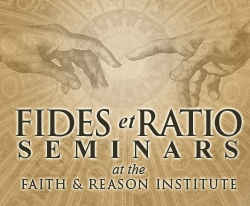A Saint for the Times
The Church celebrated the Feast of St. Bernard of Clairvaux on Friday. I’ve been thinking about him recently because he appears in the Divine Comedy as Dante’s last and greatest guide on his pilgrimage to the Beatific Vision. (If you don’t know that poem or want manageable and accessible guidance to reading it, I’ll be offering an online course on Dante’s Paradiso starting September 8, the feast of the Birth of the Blessed Mother. Dante had other great guides along the way – the Roman poet Virgil and Beatrice. He benefitted from special help by St. Lucy; met distinguished souls such as Aquinas, Bonaventure, Saints Dominic and Francis of Assisi, Kings David and Solomon; and was examined on faith, hope, and charity, by Peter, James, and John. So the question arises: why amid such intellectual firepower, historic leadership, and sheer holiness did the greatest Christian poet choose St. Bernard as his final companion, a figure not well-known today, even to most Catholics?
This is just one of the many ways that we’ve lost contact with our own highest and best tradition. St. Bernard (1090-1153) lived slightly earlier than Dominic (1170-1221) and Francis of Assisi (1181-1226), but along with them helped produce the period of reform and recovery we now call the High Middle Ages. In his own time, he was a dominant figure. He helped restore monasticism and attracted so many to religious life that, by some estimates, he founded or helped to found over 160 monasteries.
Click here to read the rest of Professor Royal’s column at The Catholic Thing . . .



